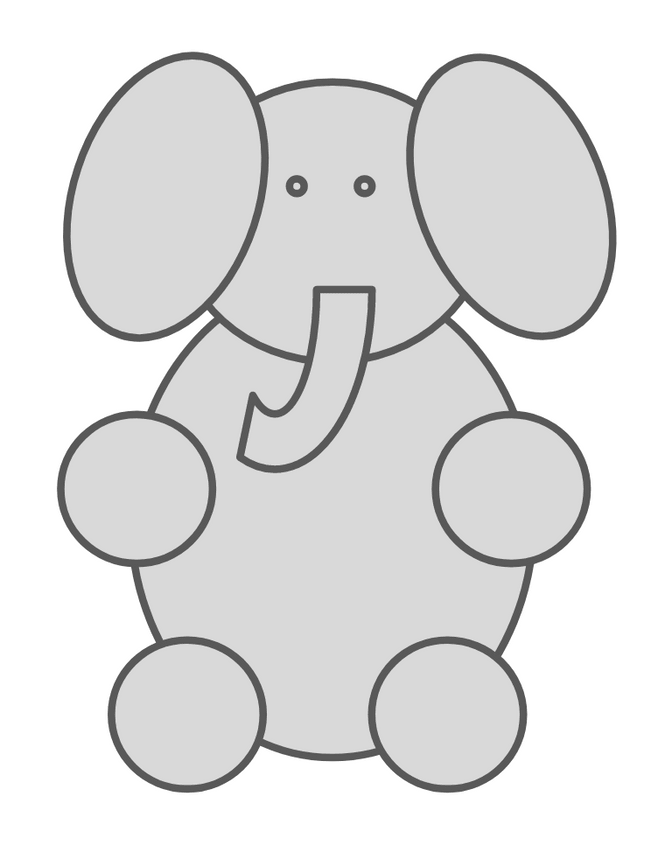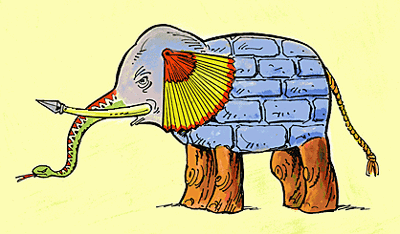‘SafeZone.ch’ is the national web platform providing online counselling relating to addiction. This project involved redeveloping the counselling application. Our client was the Federal Office of Public Health (FOPH), and the application was used by Infodrog, the Swiss Office for the Coordination of Addiction Facilities. The application is a platform for counselling those affected by addiction, their friends and family. It all began with a call for tenders as part of a procurement contract...
Hand on heart: our implementation teams are often not keen on public administration projects. The problem usually revolves around handling the tender specification sheets. When projects focus on working through the content of specifications defined early on, the actual objectives and considerations about the best ways to achieve the project are secondary.
The crunch point is precisely where we move from the tender to the actual work. Can we stay on the critical path for the next key priority? Or will a large backlog result in us doing everything, but never doing the important things well enough? How does this work, and what are the success factors?
What is blended counselling?
One key objective was to facilitate blended counselling via the application. Blended counselling means that counselling can take place both online and offline with a smooth transition between the two. The focus is flexible for each case. This means that counselling also takes place as a type of chat. For people affected, who might need help at short notice and in secret, this counselling service needs to be self-explanatory and accessible. The application is also a working tool for counsellors to help them coordinate their input and cases. Knowledge is also exchanged via the counselling platform, and it hosts intervision, supervision and coaching.
A project involving four service providers and two clients
The counselling platform needed to have multi-client capability. The project was implemented in accordance with Hermes 5.1. It also included migration from the old application to the new one. Of course, there were very strict security requirements, especially as sensitive data is involved. And if that were not enough, SafeZone.ch involved many people from different organisations: as well as the clients FOPH and Infodrog with their consultants, there was also another digital agency responsible for the part of the web portal accessible to the public, plus two CMS web service providers, a chatbot provider and external project management.
The beginning of the project was the crucial point. A business analysis helped us understand counselling using the existing application. Numerous complex operational processes resulted in an increasingly broad scope. This was also combined with known future needs. All of this came crashing down on the project team after the first month. In terms of implementing the project, it quickly became clear that a minimum viable product (MVP) approach was required.
The MVP focused on ensuring that the new tool functioned properly, as counsellors needed to continue their work. It was also about combining the safety of scope with an agile, iterative process in such a way that it was possible to start the first sprint.
What did this require?
- Transparency: the knowledge of all stakeholders was incorporated when establishing the starting point. Everyone understood this starting point and what it meant. Feelings about this may have differed :-)
- Timing is key: it is vital to identify risks and problems as early as possible and make them transparent. If these are made painfully evident, then they can be resolved. This enables a feedback loop that becomes an active part of the process.
- Being courageous: the courage to make maximum use of the creative scope available within a tender under procurement law.
- Trust in all partiesinvolved: a foundation of trust that holds firm in the face of all uncertainties.
It is also worth asking the following questions:
- Is it really required?
- Can a feature be implemented operationally instead, i.e. via workflows between users rather than using software logic?
- Is there a suitable ready-made module such as a chat solution? This can sometimes radically simplify a large chunk of scope.
And yes: ‘Exceptional results wonderfully combined with Hermes 5.1’ can only be achieved with the right project culture.
Ultimately, we opted for an elephant. It is not yet fully grown and needs to develop additional skills, but it provides counsellors and people seeking help with secure, reliable support.

P.S. If only one of these success factors had not been given, things would most likely not have gone quite so well:

The product is complete in terms of the plan or specification sheet. The full scope is minimal but not necessarily implemented in a ‘valuable’ way.
Too little feedback (agile fail)


